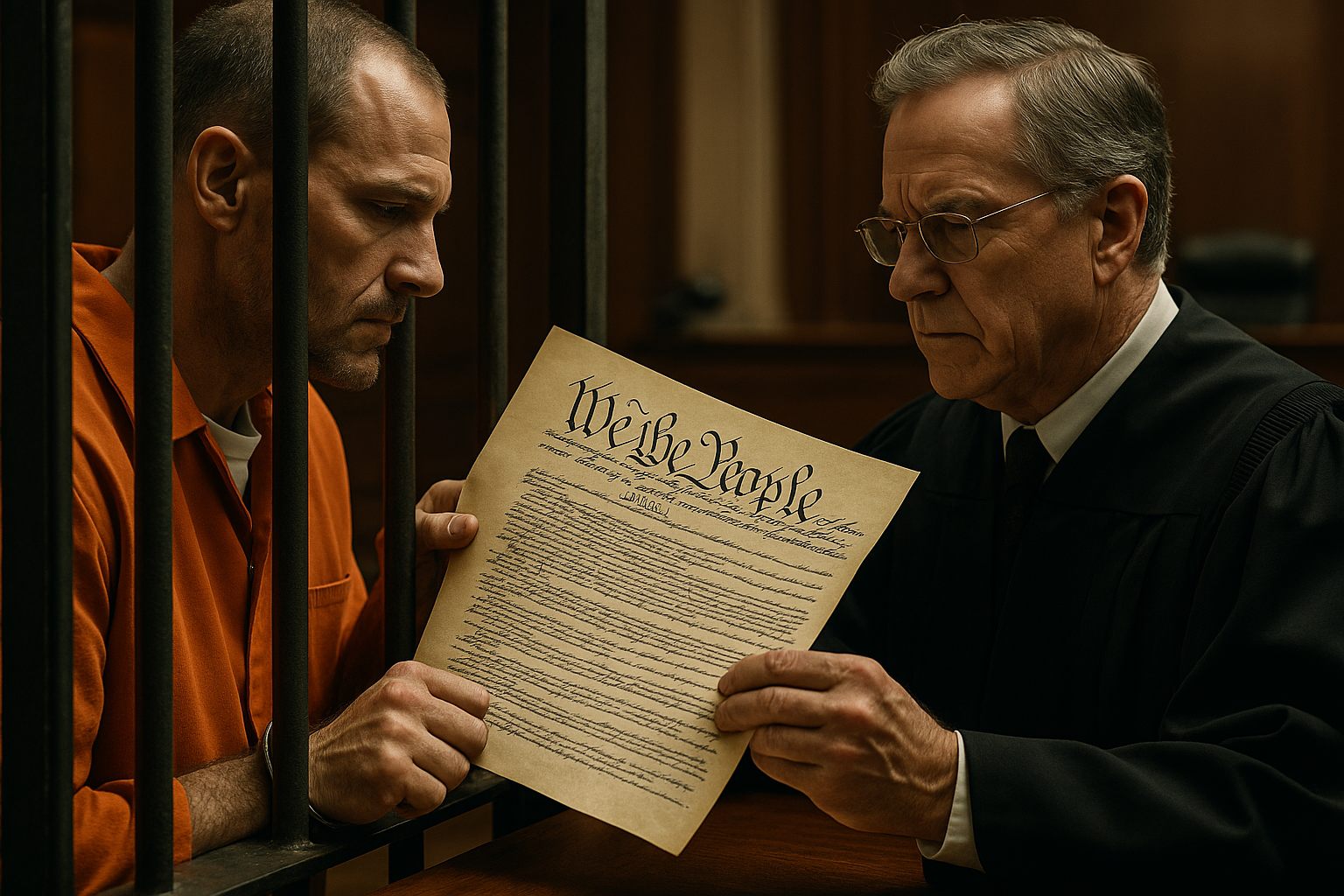The Interpretation of Cruel and Unusual Punishment in Modern Law
The Eighth Amendment of the United States Constitution prohibits the infliction of 'cruel and unusual punishment,' a concept that originates from the English Bill of Rights in 1689. Throughout history, this phrase has sparked numerous debates and court cases due to its inherent ambiguity. This article delves into the interpretation of 'cruel and unusual punishment' in modern law, and the implications it holds for societal justice.

Historical Context of Cruel and Unusual Punishment
The phrase ‘cruel and unusual punishment’ traces back to the English Declaration of Rights, which later became the English Bill of Rights. The document was crafted as a response to the despotic rule of King James II, who was known for his harsh and arbitrary punishments. When the Eighth Amendment was drafted in the late 18th century, the framers borrowed the phrase to ensure that the newly formed United States would steer clear of such oppressive practices.
The Evolution of Interpretation
Interpretations of ‘cruel and unusual punishment’ have changed over time, evolving with societal norms and values. Earlier, the focus was primarily on the nature of the punishment itself, with the courts considering whether it was inherently cruel or disproportionate to the crime. However, in the 20th century, the focus shifted to include the manner of punishment and the conditions of confinement, broadening the scope of the Eighth Amendment.
The Current Legal Landscape
Today, the interpretation of ‘cruel and unusual punishment’ is often subject to the ‘evolving standards of decency’ test, first articulated in Trop v. Dulles (1958). This test gauges whether a punishment violates society’s current standards of decency and humanity. The Supreme Court has used it to rule on issues ranging from capital punishment to solitary confinement.
Impact on Society
The interpretation of ‘cruel and unusual punishment’ has significant societal implications. It shapes the criminal justice system, affects prisoners’ rights, and reflects our societal values. For instance, the recent discourse on solitary confinement as a potential form of ‘cruel and unusual punishment’ has led to widespread calls for prison reform.
Legal Facts and Ongoing Debates
Despite the ‘evolving standards of decency’ test, there remain ongoing debates about what constitutes ‘cruel and unusual punishment.’ These debates often hinge on the balance between maintaining societal order and protecting individual rights, a tension that encapsulates the complexity of interpreting the Eighth Amendment.
In conclusion, the interpretation of ‘cruel and unusual punishment’ in modern law is a complex, evolving issue that reveals much about societal norms and values. As societal perspectives continue to shift, so too will legal interpretations of this crucial phrase, underscoring the dynamic nature of constitutional law.




